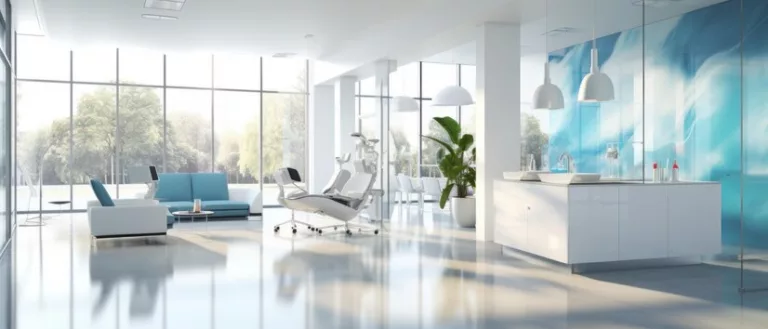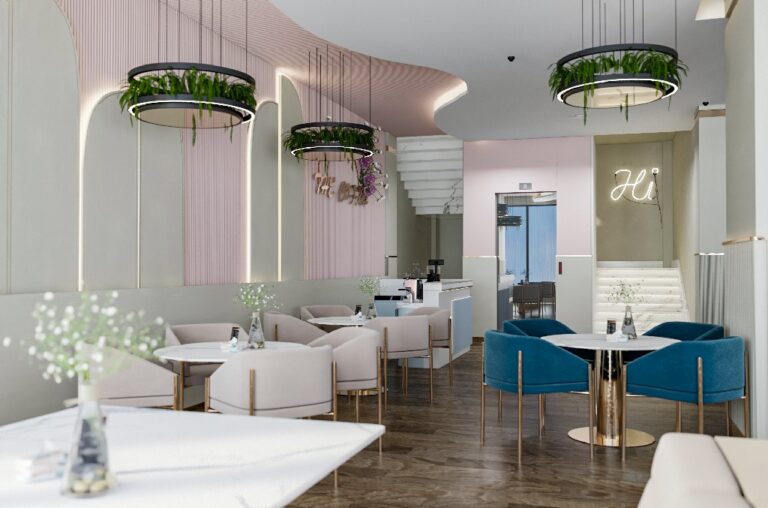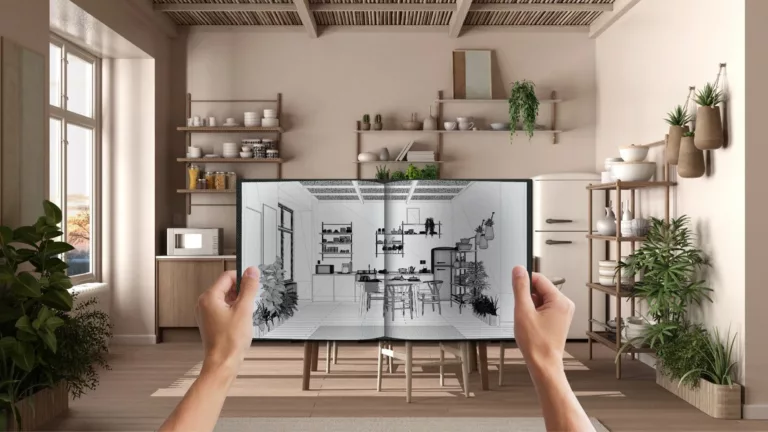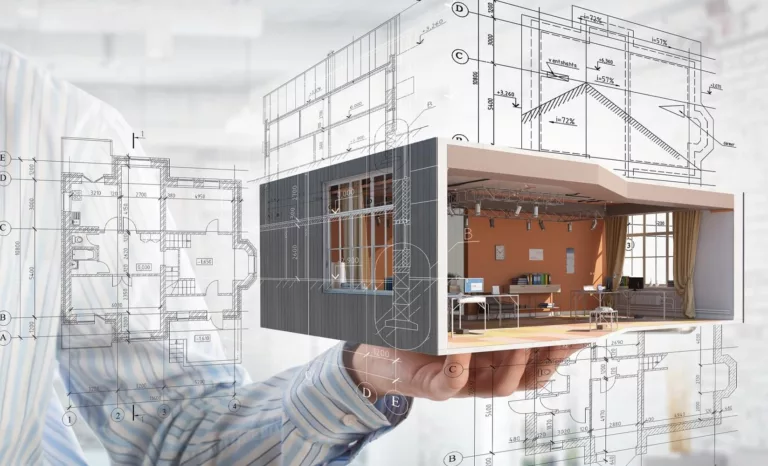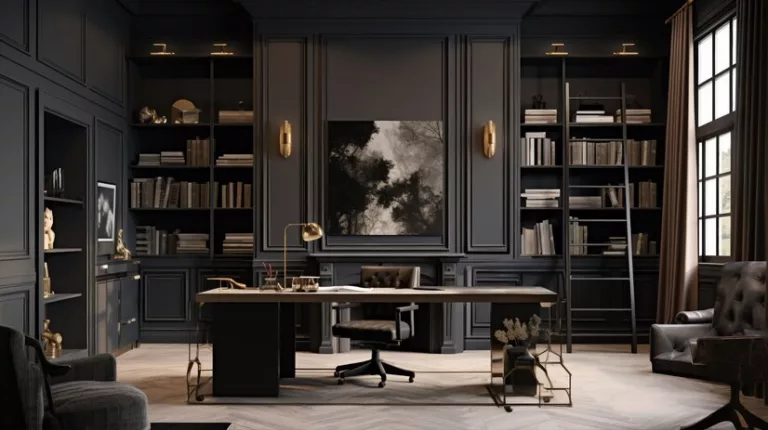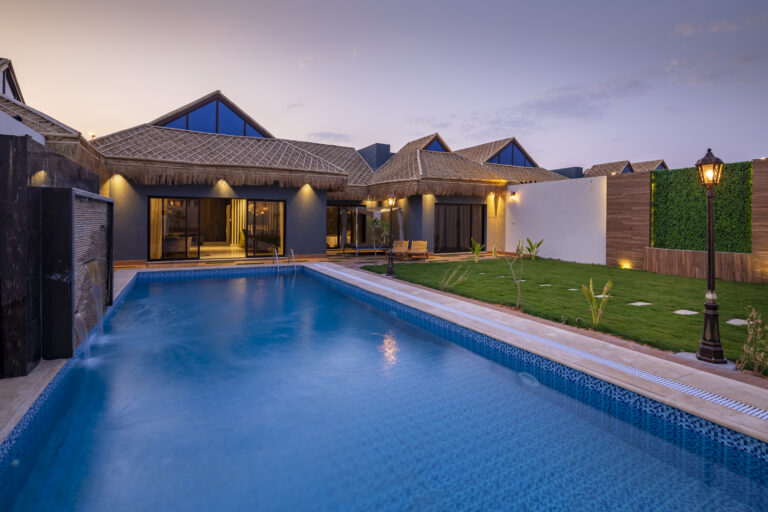Functional design elements play a crucial role in creating a well-designed health clinic interior. From the layout and flow of the space to the proper lighting, every element is carefully considered to ensure functionality and efficiency.
Functional Layout and Flow
The functional layout and flow of a health clinic interior are essential for creating an efficient and seamless experience for both patients and staff. This includes designing clear pathways and strategically placing key areas such as reception, waiting areas, examination rooms, and consultation areas. A well-structured layout ensures smooth traffic flow and minimizes congestion.
Importance of Proper Lighting
Proper lighting plays a crucial role in health clinic interior design. It enhances visibility and creates a calming ambiance. Well-illuminated spaces contribute to patient comfort and ease of navigation throughout the facility. Moreover, adequate lighting is essential for medical professionals to perform their tasks accurately and efficiently.
Creating a Welcoming Atmosphere
Color psychology plays a crucial role in creating a welcoming atmosphere in a health clinic. Warm colors like blues and greens can promote feelings of relaxation and tranquility. Incorporating natural elements such as plants and artwork can also contribute to a warm and inviting ambiance.
Color Psychology in Interior Design
When it comes to interior design, color psychology is an essential factor to consider. Different colors can evoke specific emotions and moods in people. Warm colors like blues and greens are known to promote relaxation and tranquility, creating a welcoming atmosphere in a health clinic. By strategically incorporating these colors into the design, patients can feel more at ease during their visits.
Incorporating Natural Elements
Natural elements such as plants, wooden accents, and natural light can create a soothing and calming environment in a health clinic. By incorporating these elements, it can help reduce stress and anxiety for patients and provide a more inviting and organic atmosphere.
Utilizing Space Efficiently
To make the most of the available space in a health clinic, it is crucial to utilize it efficiently. This can be achieved by carefully planning the layout and design, maximizing storage solutions, and using multipurpose furniture. Efficient space utilization ensures that every area serves a purpose and contributes to the smooth functioning of the clinic.
Optimizing Waiting Areas
Waiting areas in a health clinic should be designed with patient comfort and efficiency in mind. Comfortable seating, soothing colors, and ample natural light can create a calming atmosphere. Organizing the seating arrangement and providing amenities like magazines or Wi-Fi helps to reduce patient anxiety and waiting times.
Designing Private Consultation Rooms
Private consultation rooms in a health clinic should be designed to create a comfortable and confidential space for patients and healthcare providers. The layout should allow for easy movement and accessibility, with appropriate seating for both the patient and the provider. Adequate lighting and proper acoustics are essential to ensure clear communication during consultations. Privacy considerations should also be taken into account, with soundproofing and/or privacy screens to maintain confidentiality.
Healthcare-Grade Materials and Furniture
Healthcare-grade materials and furniture are essential in a health clinic to ensure cleanliness, durability, and safety. These materials are designed to withstand frequent use, disinfection, and maintain a hygienic environment for both patients and healthcare providers. Medical-grade vinyl, antimicrobial surfaces, and easy-to-clean furniture are commonly used in healthcare settings. By utilizing healthcare-grade materials and furniture, health clinics can ensure a clean and sanitized environment for their patients.
Selection of Durable and Sanitary Materials
Healthcare clinics require the use of durable and sanitary materials to maintain a clean and hygienic environment. These materials are designed to withstand frequent cleaning and disinfection, ensuring the safety of patients and healthcare providers. From antimicrobial surfaces to medical-grade vinyl, these materials play a crucial role in promoting cleanliness and preventing the spread of infections.
Ergonomic Furniture for Patient Comfort
Ergonomic furniture is essential in health clinics to provide comfort and support for patients. Chairs with adjustable features and lumbar support help alleviate back pain. Adjustable examination tables ensure patients can relax and maintain the proper position during exams and procedures.
Technology Integration in Health Clinic Design
Technology integration is crucial in modern health clinic design. Telemedicine rooms are set up to facilitate virtual consultations and remote patient monitoring. Digital signage and communication solutions help streamline communication between staff and patients.
Telemedicine Room Setup
Telemedicine room setups are essential in modern health clinics. They are equipped with video conferencing technology, high-quality cameras, and audio equipment to facilitate virtual consultations between healthcare providers and patients. The rooms also include comfortable seating arrangements for patients and a secure and private environment for confidential discussions.
Digital Signage and Communication Solutions
Digital signage and communication solutions play a crucial role in health clinic interior design. These technologies can be used to display important information, such as wait times and health tips, to patients in waiting areas. They can also be used to facilitate communication between staff members, improving workflow and efficiency. Digital signage and communication solutions help create a modern and informative environment for patients and staff alike.
Ensuring Regulatory Compliance and Safety
When it comes to health clinic interior design, ensuring regulatory compliance and safety is of utmost importance. This includes adhering to ADA compliance guidelines and considering infection control measures in the layout of the space.
ADA Compliance in Design
ADA compliance in design is crucial for health clinic interiors. It ensures that the space is accessible and navigable for individuals with disabilities. This includes features such as ramps, wide doorways, and accessible restroom facilities.
Infection Control Considerations in Interior Layout
Infection control considerations in the interior layout of health clinics are essential for maintaining a clean and safe environment. This includes incorporating easy-to-clean surfaces, implementing proper ventilation systems, and ensuring adequate spacing between furniture and equipment. These measures help prevent the spread of germs and reduce the risk of healthcare-associated infections.
